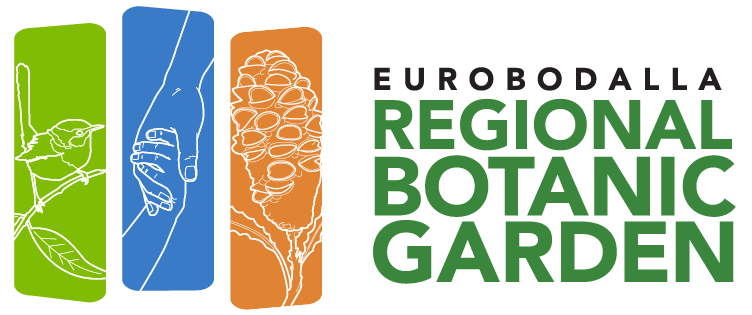Collections
Living Plant Collection
Our Living Plant Collection is made up of regional plant species from a wide range of ecosystems. The collection includes:
- representatives from all vegetation types, from the tiniest forbs to majestic forest giants
- specific taxonomic groups or plant families, including:
- members of the Proteaceae family, eg, Banksias and Grevilleas
- specialist groups such as threatened species.
The Wallace Herbarium Collection
- The Herbarium Collection is a heritage-listed collection of over 14,000 dried plant specimens. The collection:
- includes rare and endangered plants and introduced plants and weeds
- is named after Dr Murray Wallace who started the collection in the 1980s.
Collecting region
The flora we grow in the Garden:
- is from a collecting region of about 12,000km2. The region is listed in Flora of New South Wales as the South Coast Botanical Region and the South East Corner Bioregion. It extends from the Shoalhaven River at Nowra in the north to the Victorian border in the south
- is collected from different local government areas. These areas include Eurobodalla, Bega Valley, and parts of the Shoalhaven and Queanbeyan-Palerang
- includes collections from state forests, national parks and Crown reserves. These make up 70% of the collecting region.
Focus on regional species
We made a decision to collect and grow regional plants only, based on these events:
- 1976 - Australian botanists met and agreed to establish a system of Australian regional native botanic gardens.
- 1978 - an International Conference in the UK adopted the same approach.
- 1992 – the 3rd International Botanic Gardens Conservation Congress in Brazil also endorsed this approach.
Eurobodalla Regional Botanic Garden continues to focus on regional species.
The Garden plays an active role in the conservation of the region's threatened species by:
- taking part in local, state and national recovery programs
- developing threatened species collection targets
- developing conservation partnerships with other botanic gardens. Partnerships include The Australian National Botanic Garden, and Wollongong and Booderee Botanic Gardens
- increasing public awareness of the importance of species diversity
- creating threatened species plant displays, and developing education programs
- hosting conservation seminars and workshops, and working with Eurobodalla Council's environment team.
- We purpose-built the Herbarium to house our Herbarium Collection.
- It took over 30 years to collect the specimens in the collection. The specimens play an important role in biodiversity. They help us to identify and understand biodiversity and changes within our region.
- The Herbarium provides modern facilities and equipment to study our regional flora.
- The Herbarium Collection is included in:
- the national database
- Australia’s Virtual Herbarium
- the Atlas of Living Australia.
- The collection plays an important role in these databases, as it adds to the national scientific record. It also increases our knowledge of Australia’s flora.
- The Herbarium is not open to the public, but we have open days during the year.
What we do in the Herbarium and why we do it
- Our long-term aim is to collect more than 4,000 plant species from the collecting region. This supports the regional concept of the Garden.
- The collecting region covers a wide variety of habitats and plant communities.
- The Herbarium helped us to discover several new species and identify plants that were not known to grow in the region. These included threatened species and weeds.
- We identify and document all plants and propagation material brought into the Garden. The data we collect helps us to better understand our regional flora.
Herbarium staff and volunteers
- Herbarium staff have collected species outside of the normal range. They have also found unrecorded populations of threatened and endangered species.
- Our volunteers:
- provide a free plant identification service. Bring your specimen to our Visitor Centre and Herbarium staff will identify your plant. We'll email or contact you with the name of your plant, usually within two weeks
- collect and process the specimens under the curator's supervision.
- The Herbarium would not exist without our volunteers' dedication and contribution.
- In 2012, Friends of the Garden and Eurobodalla Council sought $370,000 in project funding. We used the funds to establish a regional seed bank of native flora from our collecting region.
- The aim of the project is to:
- develop a reliable source of native seed and seedling stock
- target high conservation value ecosystems and corridors of local and regional significance.
- Over time, the seed bank will build up seed stocks to help:
- the Garden play a major role in supplying seed and plants for a range of environmental projects
- land managers expand and reconnect habitat on their properties through mixed species plantings.
- The seed bank is not open to the public, but we have open days during the year.
Contact us
Get in touch if you have a question for our Herbarium staff:

